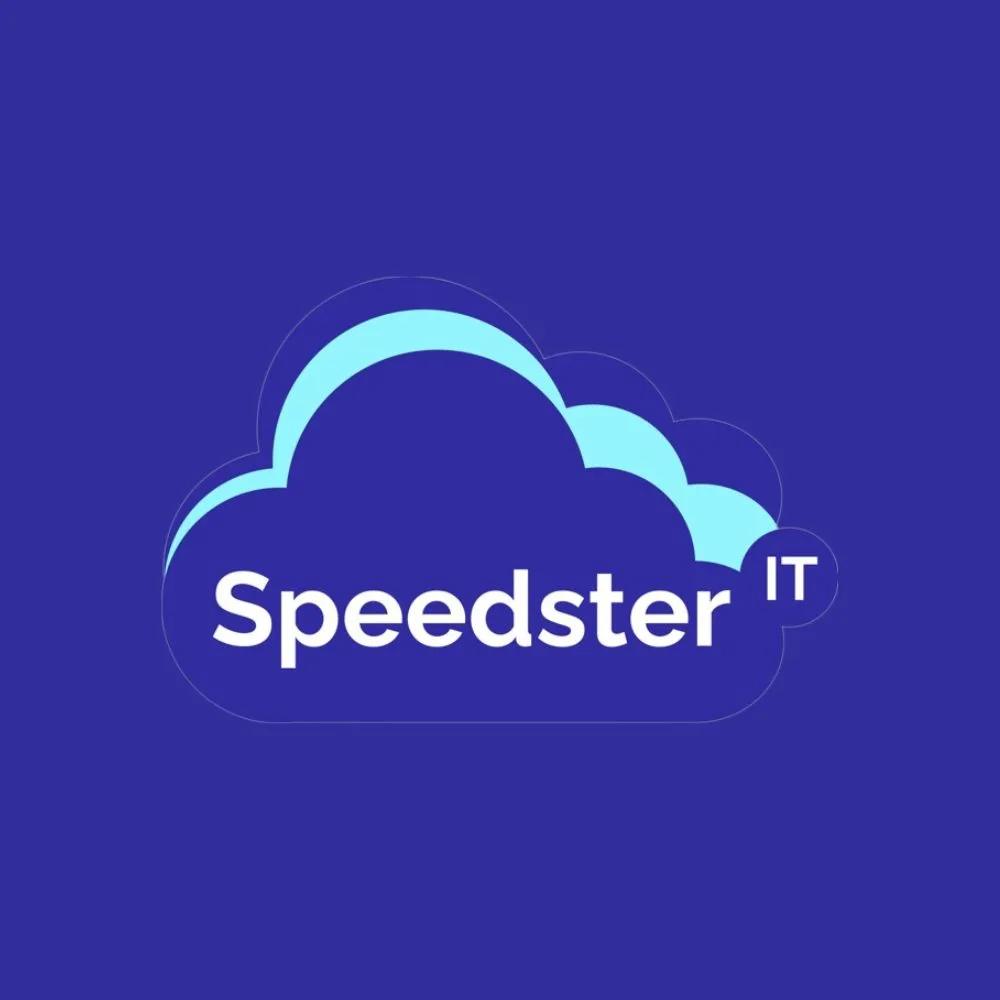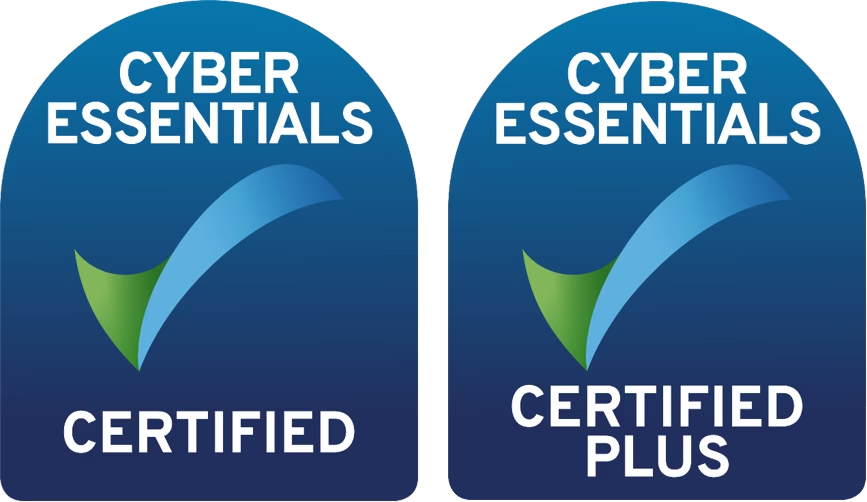Server Security Why Should You Care?
Working from home has become synonymous with safety. That is unless you’re talking about server safety & server security. In that case, remote work has actually created multiple entry points for adversaries.
While hackers’ techniques are becoming increasingly sophisticated, the good news is that strengthening your server security doesn’t have to be overly complicated to be effective.
Ahead, we’ll highlight the most proactive ways to protect your business from a loss or data breach.
What is Server Security?
Servers are the gatekeepers for your most sensitive and proprietary information. Naturally, this makes them prime targets for hackers. Left unsecured, cyber criminals can exploit system vulnerabilities or unknowing employees for their own financial gain.
According to Avast Academy, “Server security covers the processes and tools used to protect the valuable data and assets held on an organisation’s servers, as well as to protect the server’s resources.”
Securing your Servers
Your chances of experiencing a cyber event are high. They’ve spiked 300% since the pandemic was announced, and an attack is carried out every 39 seconds.
To protect your business, and your reputation, take the following steps to secure your servers.
Layer your Security
There’s no catchall tactic that can keep hackers from compromising your servers. Instead, the most effective approach is a layered approach. That means arranging safeguards that bolster common targets like: outdated operating systems, network vulnerabilities, unused applications and any software you host.
Two more technical types of layered security involve the use of server security certificates like SSL (Secure Sockets Layer) and the more recent TLS (Transport Layer Security). They’re critical for protecting, authenticating and encrypting sensitive data like usernames, passwords or payment information.
Businesses can also use tools like Windows Server 2019 to bridge on-premises environments with Azure virtual desktop, creating an additional security layer and modernising important WFH applications.
2. Provide Secure Remote Access
Anyone who’s ever logged in remotely knows how essential web based applications are to the work from home workday. Ensuring they can be accessed securely usually requires the help of a virtual private network (VPN).
Remote access VPN solutions protect data communications anytime a user is working with an on-premise app or server. Typically, VPN clients are installed directly on an employee’s machine while VPN servers reside on the edge of your network.
3. Focus on Endpoint Management
As more employees increasingly access sensitive company systems and information from their personal devices, tying up loose endpoints has become a full time job.
Knowing remote workers aren’t always going to use their work-issued computers, it’s important you establish a robust endpoint management approach before they’re granted access to certain resources.
Review your WFH policies and ensure they’re both up-to-date and cover essentials like USB device usage, IoT devices, networking devices and applications and mobile device management.
4. Solidify your Server Management Tools
Managing on-premise servers while you’re offsite used to be a pipe dream. Now, with evolved technology like the Windows Admin Center, you can access remote management tools regardless of where your server is running. Whether you’re troubleshooting or managing your workloads, Azure allows you to do so right from your browser.
5. Prioritise Physical Security
Virtual threats may get all the attention, but the truth is breaches can happen in person, too. Even if you anticipate most of your staff will be working remotely, it’s still important to keep your servers cordoned off. Any unauthorised access can spell trouble. Double check that the mechanisms you use, whether biometric or good old fashioned lock and key, are also audited.
While you’re at it, make it a point to regularly monitor and inspect your hardware – both on the server side and for any company-issued devices.
6. Create a Server Security Checklist
Getting everyone aligned and on the same page is key when you’re working remotely. Documenting an official server security checklist can do just that.
At minimum, ensure it addresses:
- Password protections
- Firewall and antivirus best practises
- Server hardening techniques
- Device access baselines
- Wireless security tactics
- System backups
- Third party software regulations
- Security patch protocol
Your organisation’s entire IT infrastructure is built around its servers. Keeping them secure can literally make or break your business. When you want to do so in a seamless, simple and streamlined way, do it the Speedster way!

With over 15 years at Speedster IT, I’ve built a career around helping businesses navigate the evolving world of technology. I publish all the content for the IT Support London Blog and Cyber Security Blog, where I share practical insights on infrastructure upgrades, cybersecurity trends, and smart IT strategies for growing companies.
